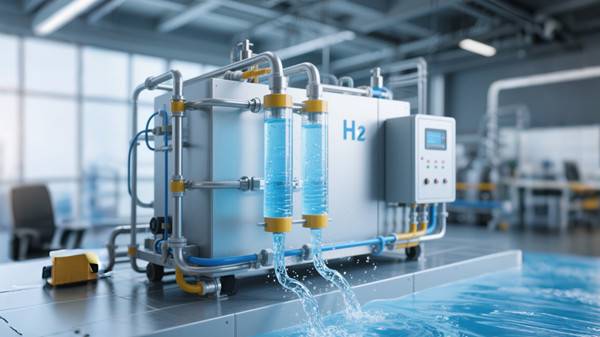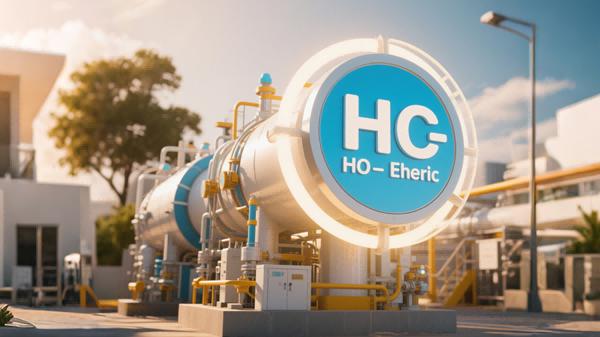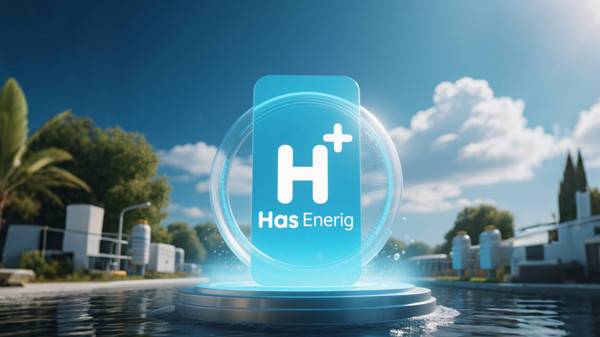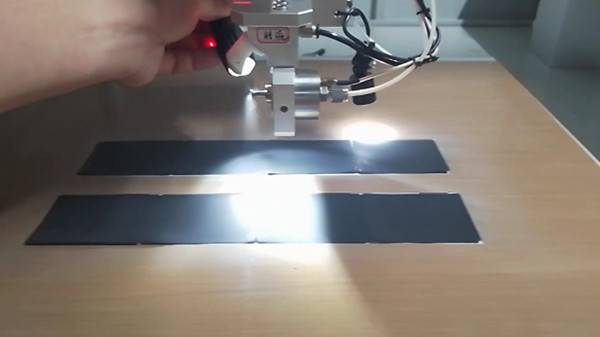Analysis of the Development Obstacles of AEM-WE
In today’s global environment of actively seeking sustainable energy solutions, AEM-WE (anion exchange membrane water electrolysis technology) is a highly promising hydrogen production technology and its development prospects have attracted much attention. However, AEM-WE faces many severe challenges on the road to widespread application.
1. Analysis of the development obstacles of AEM-WE
(I) Anion exchange membrane and ionomer
AEM (anion exchange membrane) needs to meet a series of stringent requirements to achieve ideal performance in practical applications. It must have good ionic conductivity to ensure efficient ion transmission in the membrane; have excellent thermal stability and be able to work stably under different temperature conditions; have reliable mechanical stability to prevent damage during use; maintain chemical stability and electrochemical stability to avoid chemical reactions with other substances that affect performance. In addition, from the perspective of commercial application, AEM must also have the characteristics of low cost, easy processing, and can be produced through continuous processes. But the reality is quite tricky. When improving the performance of AEM, it is often necessary to make a difficult trade-off between mechanical strength and ionic conductivity. Although increasing the functional group loading of AEM helps to improve ionic conductivity, it will increase its water absorption and thus weaken mechanical stability; while if the functional group content is reduced, the ionic conductivity will decrease, and finally the overall performance of AEM-WE will decline.

Although AEM membranes are currently available on the market, their prices remain high due to the small scale of production, and they cannot compete with commercial PEM (proton exchange membrane) in terms of cost. In addition, whether AEM membranes can meet the long-term durability requirements still needs in-depth research and evaluation.
(II) PGM-Free Catalysts
In the field of catalysts, it has become a reality to use nickel-based OER (oxygen evolution reaction) electrocatalysts to achieve PGM (precious metal)-free, and nickel-based OER electrocatalysts are currently regarded as benchmark OER electrocatalysts. However, for HER (hydrogen evolution reaction), the most advanced electrocatalysts are still based on precious metals. More importantly, many catalysts that perform well in the laboratory are difficult to effectively demonstrate their catalytic activity once they are made into MEA (membrane electrode assembly) and tested in actual electrolyzers. Therefore, it is imperative to accelerate the electrode design process and make the test conditions more suitable for the actual working conditions of AEM-WE, rather than relying solely on the rotating disk electrode (RDE) test, so as to more accurately predict the actual performance of the catalyst in AEM-WE. Although the process of testing new materials in electrolyzers is complicated and time-consuming, it is still an indispensable link. At the same time, it is necessary to deeply study the durability of electrocatalysts, thoroughly understand their attenuation mechanisms and try to mitigate the impact. However, only a few studies have involved the long-term durability of materials, which makes the reliability of materials questionable.
(III) Porous transport layer
In AEM-WE, the preferred material for the anode PTL (porous transport layer) is nickel. Because above 0V (relative to the reversible hydrogen electrode RHE), the oxidation product of nickel is oxide or hydroxide, which will passivate the surface. Usually, the anode PTL in AEM-WE is mostly made of nickel foam, and the cathode can be nickel foam or carbon cloth. To this day, PTL remains the focus and difficulty of research, because its optimization has great potential for improving the performance of AEM-WEs, but it faces many technical challenges that need to be overcome.

4. Membrane Electrode Assembly
The optimized integration of membrane electrode assembly (MEA) plays a key role in improving the performance and durability of AEM-WE, and is also an important prerequisite for achieving the transition from dilute KOH or K₂CO₃ to pure water supply in the future. Under the current MEA manufacturing level, it is necessary to deeply study and optimize the reasonable combination of catalyst, ionomer and membrane to enhance the ionic conductivity of the electrode.
In addition, it is necessary to explore a variety of methods to optimize the interface between ionomer (AEI) and electrocatalyst to better control and improve the interaction and connection between the two. At the same time, mechanical problems related to the stripping or dissolution of the catalyst layer must be solved. The role of AEI incorporated in the catalyst layer in the anode and cathode catalytic process remains a mystery. In addition, other components such as PTL also need to be optimized to improve corrosion resistance, promote gas discharge, and reduce the interface resistance between the catalyst layer and PTL.
2. Cheersonic ultrasonic spraying helps the development of AEM-WE
In the many challenges faced by AEM-WE, Cheersonic ultrasonic spraying technology can play a unique role in multiple key links.
1. Preparation of anion exchange membrane and ionomer
During the preparation of AEM, Cheersonic ultrasonic spraying technology can spray functional materials evenly onto or inside the membrane material. By precisely controlling ultrasonic frequency, amplitude and other parameters, functional substances such as ion conduction promoters can be accurately and evenly distributed in the membrane, effectively improving ionic conductivity while ensuring the mechanical strength of the membrane. Compared with traditional coating or mixing methods, Cheersonic ultrasonic spraying technology can ensure that additives are more evenly distributed in the membrane, avoiding the impact of local concentrations that are too high or too low on membrane performance. For ionomers, this technology can be used to evenly spray the ionomer solution on the electrode surface to form a uniform and stable ionomer coating, optimize the ion transmission path, improve the ion conduction efficiency between the electrode and the membrane, and thus improve the overall performance of AEM-WE. Moreover, this technology can improve production efficiency to a certain extent, reduce material waste in the production process, help reduce the production cost of AEM and ionomers, and enhance their market competitiveness.

(II) Preparation and application of PGM-Free catalysts
In the preparation of PGM-Free catalysts, Cheersonic ultrasonic spraying technology can evenly load the active components of the catalyst onto the carrier. Through the high-frequency vibration of ultrasound, the catalyst slurry can be atomized into extremely fine and uniform droplets, and the loading amount and distribution of the catalyst on the carrier surface can be accurately controlled. This can not only improve the utilization rate of the active components of the catalyst and avoid the agglomeration of the active components, but also enhance the binding force between the catalyst and the carrier and improve the stability of the catalyst. When applying the catalyst to MEA, the use of Cheersonic ultrasonic spraying technology can make the catalyst more evenly coated on the electrode, ensuring that the catalyst can more effectively exert its catalytic activity in the electrolyzer, reducing the activity difference caused by uneven catalyst distribution, making the test conditions closer to the actual working conditions of AEM-WE, and thus more accurately evaluating the catalyst performance. At the same time, the uniform catalyst coating helps to improve the durability of the catalyst layer and reduce the performance degradation caused by local catalyst shedding or deactivation.
(III) Porous transport layer treatment
For the porous transport layer, Cheersonic ultrasonic spraying technology can be used to spray modified materials on the surface of PTL to improve its performance. For example, when spraying a corrosion-resistant coating on the surface of nickel-based PTL, this technology can ensure that the coating is evenly and densely covered on the surface of PTL, effectively improving the corrosion resistance of PTL and extending its service life. In addition, by spraying specific functional materials, the gas diffusion performance of PTL can be optimized, the transmission of gas in PTL can be promoted, the mass transfer resistance can be reduced, and the electrolysis efficiency of AEM-WE can be improved. Moreover, the uniform coating can reduce the interfacial resistance between the catalyst layer and PTL, further improving the system performance.
(IV) Membrane Electrode Assembly Integration Optimization
During the MEA integration process, Cheersonic ultrasonic spraying technology can be used to optimize the interface between the catalyst, ionomer and membrane. By precisely controlling the spraying parameters, the ionomer is evenly sprayed between the catalyst layer and the membrane, enhancing the bonding force between the three, improving the ion conduction path, and improving the ion conductivity of the electrode. At the same time, this technology helps to solve the mechanical problems of the catalyst layer, such as uniformly spraying materials such as binders to enhance the adhesion stability of the catalyst layer and reduce the risk of catalyst layer peeling or dissolution. In addition, when optimizing the interface between the PTL and the catalyst layer, Cheersonic ultrasonic spraying technology can form a more stable and low-resistance connection between the two, comprehensively improving the performance and durability of the MEA, and providing strong support for the development of AEM-WE technology, helping it to break through existing development barriers and move towards a broader application prospect.
About Cheersonic
Cheersonic is the leading developer and manufacturer of ultrasonic coating systems for applying precise, thin film coatings to protect, strengthen or smooth surfaces on parts and components for the microelectronics/electronics, alternative energy, medical and industrial markets, including specialized glass applications in construction and automotive.
Our coating solutions are environmentally-friendly, efficient and highly reliable, and enable dramatic reductions in overspray, savings in raw material, water and energy usage and provide improved process repeatability, transfer efficiency, high uniformity and reduced emissions.
Chinese Website: Cheersonic Provides Professional Coating Solutions


